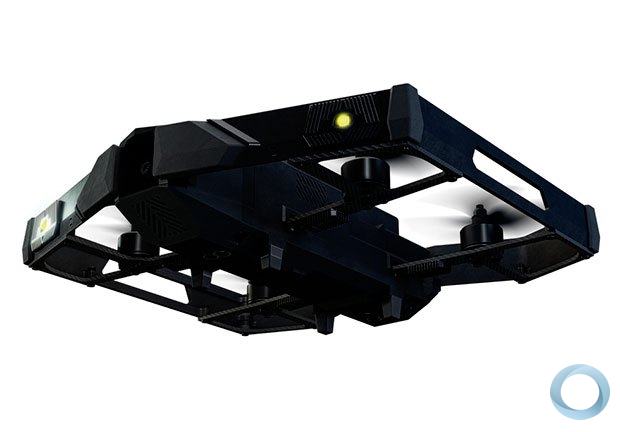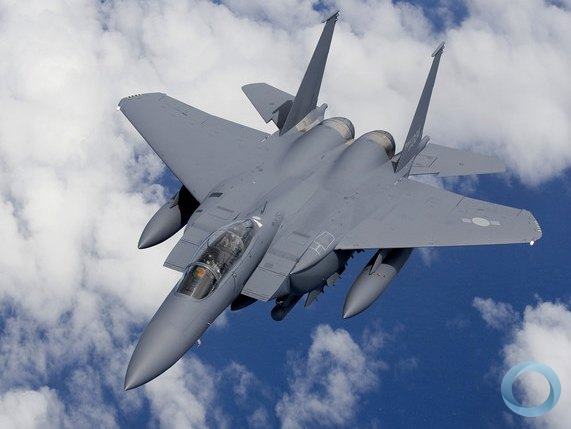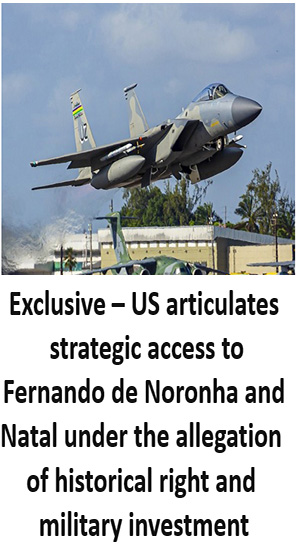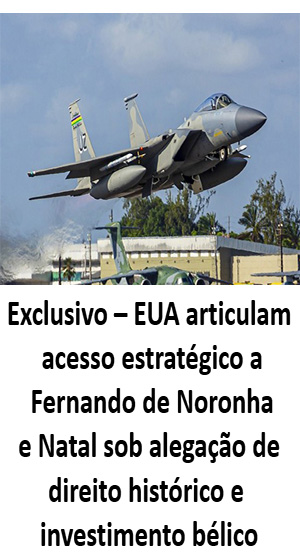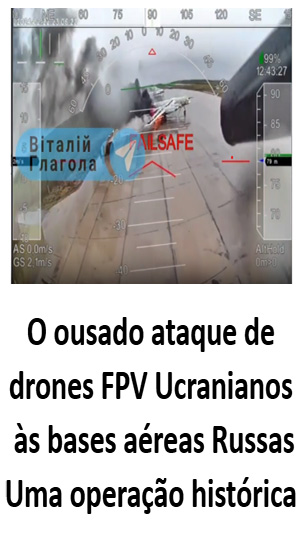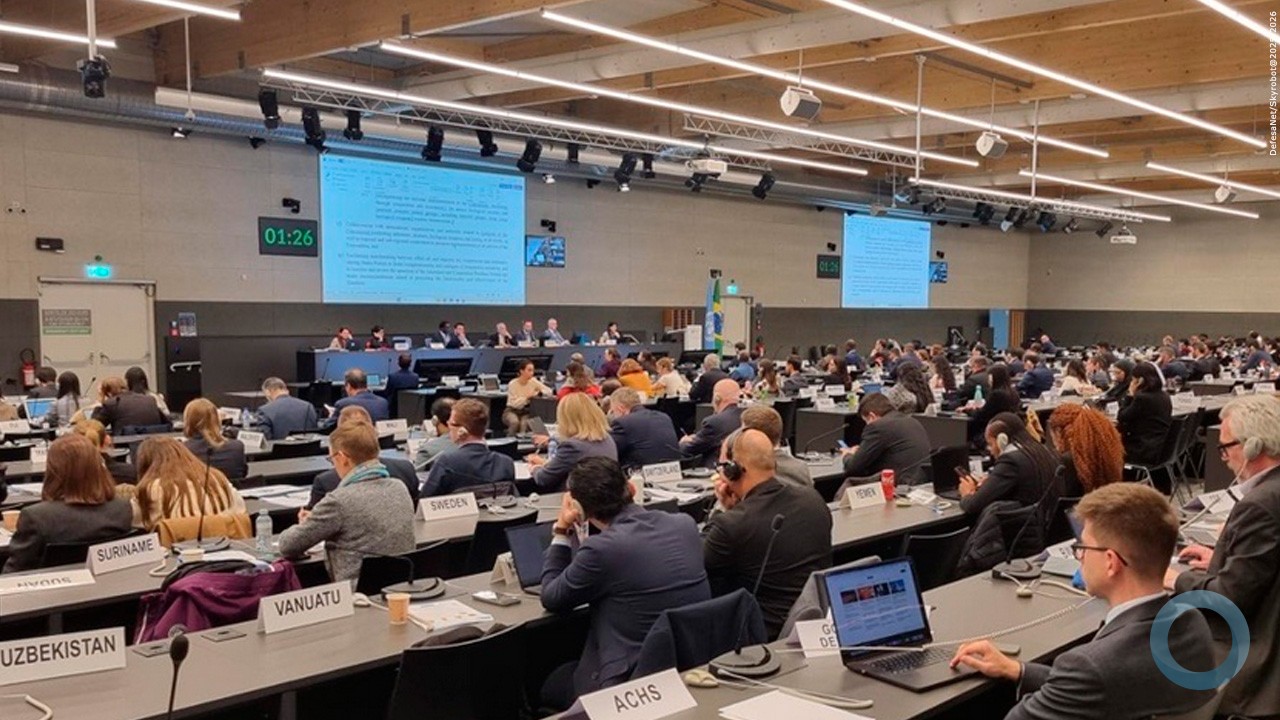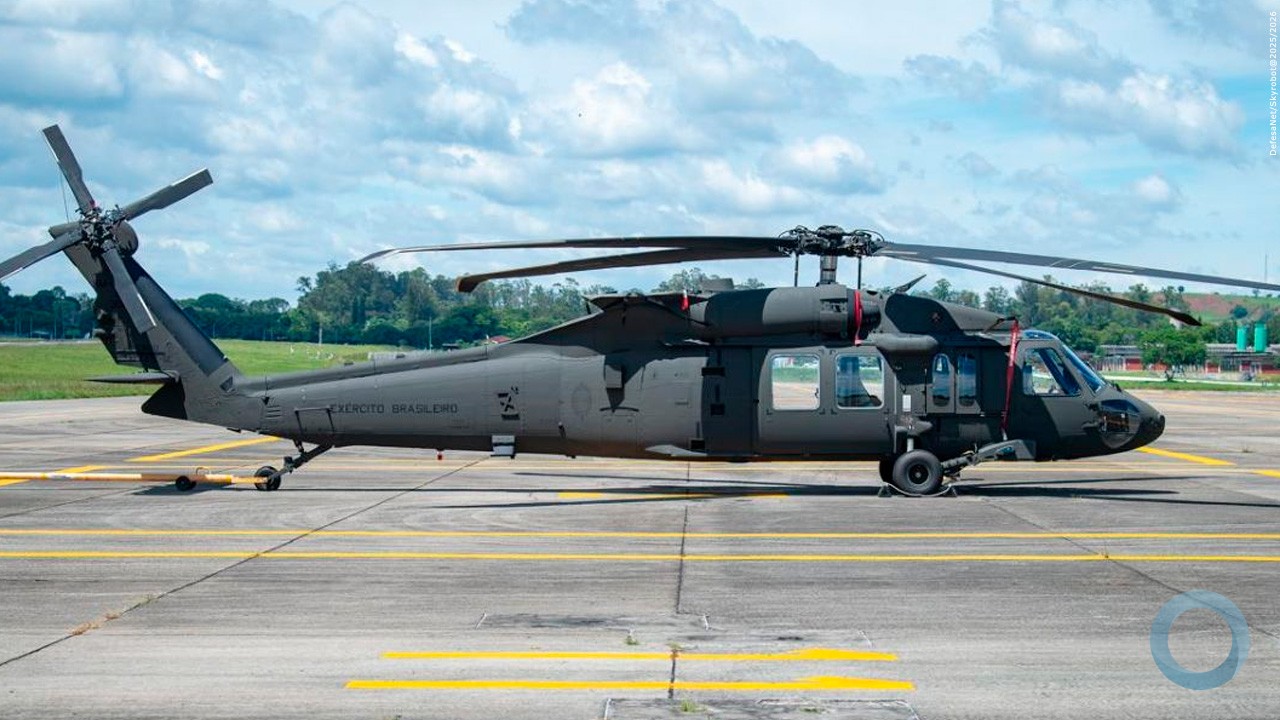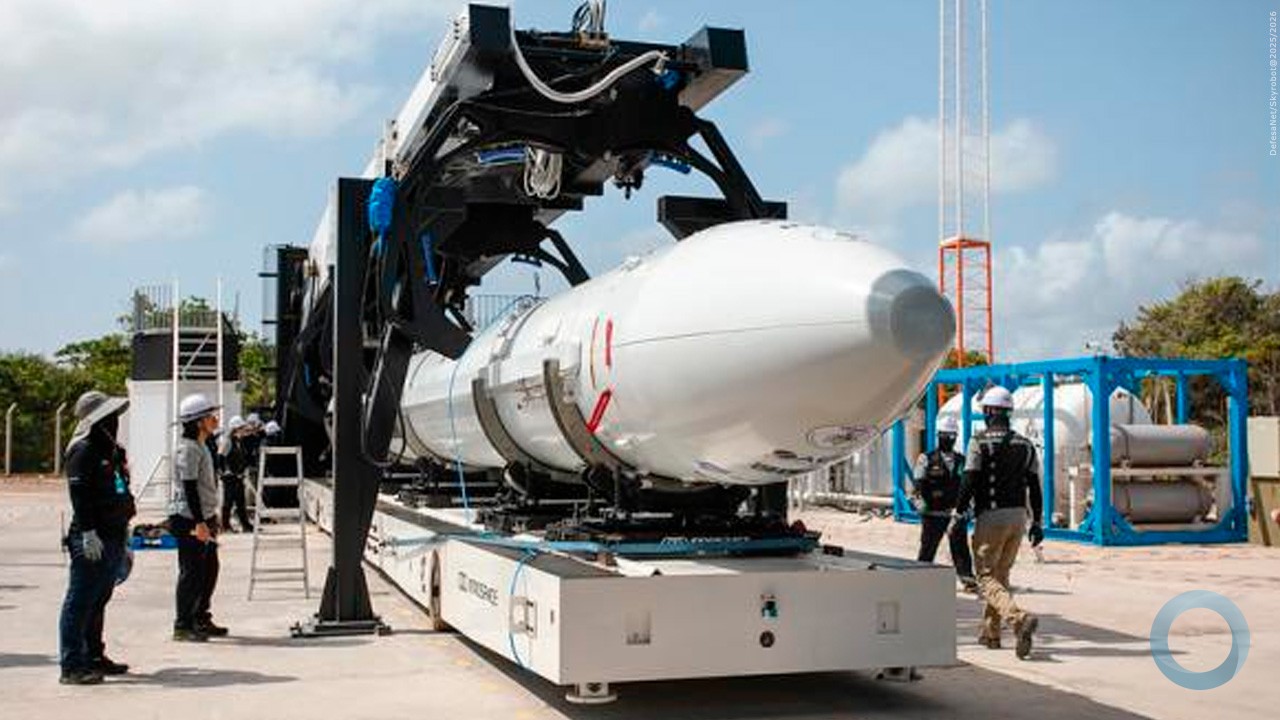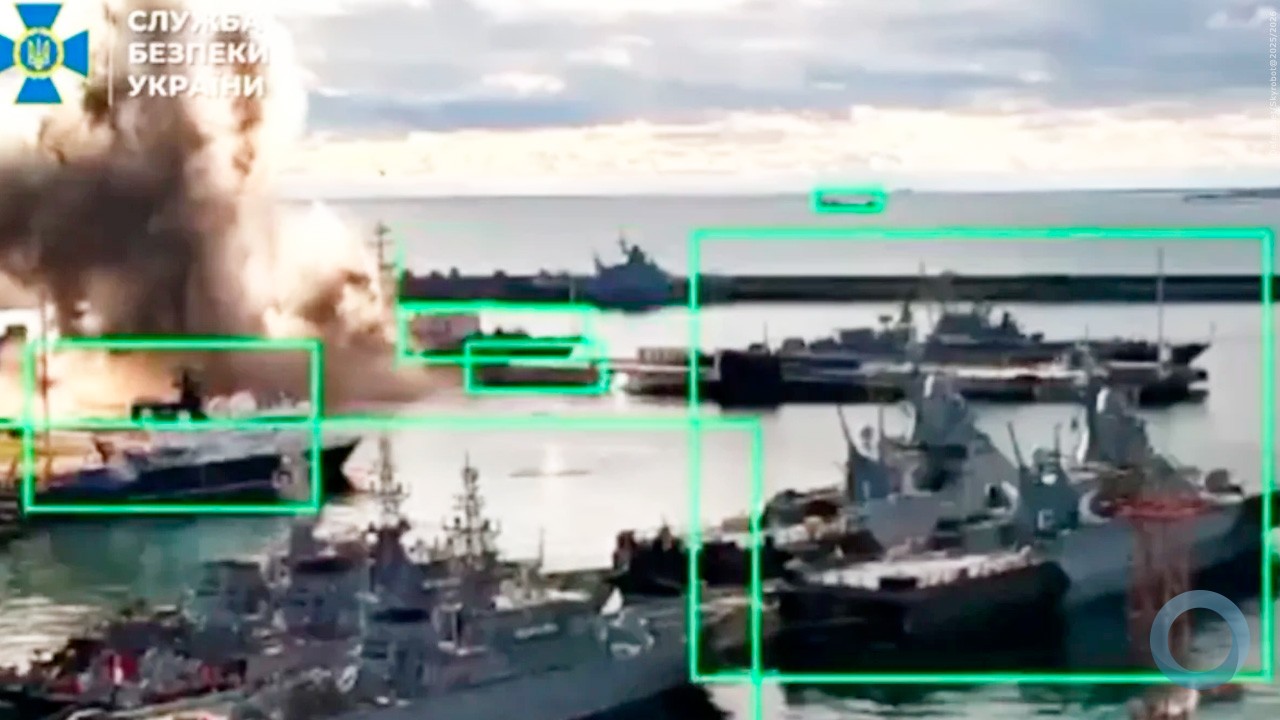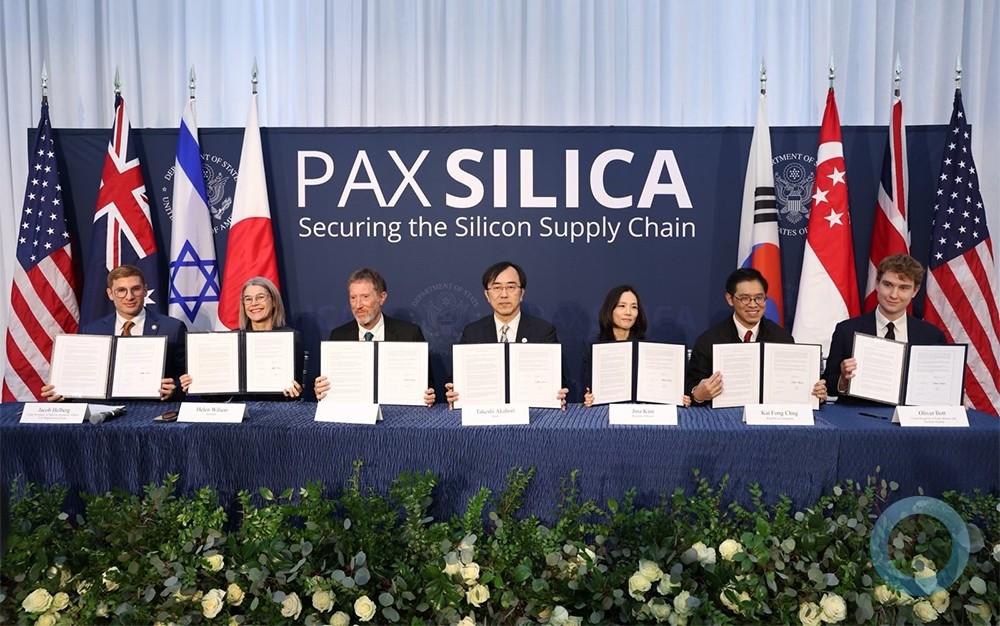MBDA has successfully conducted air carriage and jettison trials of its cutting-edge Sea Venom/ANL anti-ship missile on board the Lynx Mk 8 naval helicopter.
The trials have validated that the missile can be integrated onto the Lynx and Super Lynx helicopters, which remain in frontline service with many customers worldwide.
Sea Venom/ANL has been developed to deliver an enhanced capability to replace existing and legacy systems such as the UK-developed Sea Skua and the French-developed AS15TT anti-ship missiles.
Working together through the Defence Growth Partnership (DGP) initiative, the trials were conducted by MBDA in collaboration with the UK Defence Solutions Centre (DSC), the Royal Navy and QinetiQ.
The trials were undertaken in March at the Larkhill Range at Boscombe Down, and saw a Royal Navy Lynx Mk8 successfully conduct a series of air carriage trials prior to jettisoning two Sea Venom missiles fitted with telemetry kits. The outcome of the trials has been a de-risking of the integration process of Sea Venom on both the Lynx and Super Lynx helicopters for the export market.
The 100 kg-class missile is one of the products of France and the United Kingdom’s highly-successful collaboration on missile technologies. In UK service the missile is planned to be used from the AW159 Wildcat helicopter, while in France the DGA (Direction générale de l’armement – the French defence procurement agency) is currently conducting the development flight campaign for the missile on a Panther test bed helicopter. The new trials on board the Lynx Mk 8 validate that the missile can be easily integrated onto any platform.
Sea Venom is a modern primarily anti-ship missile designed to destroy vessels ranging from FIAC (Fast Inshore Attack Craft), through medium sized FAC (Fast Attack Craft) up to large vessels such as Corvettes from safe stand-off ranges. This missile also has a surface attack capability against coastal and land targets. Unlike legacy semi-active radar guided missiles, Sea Venom uses an imaging infrared seeker that offers ‘fire-and-forget’ capabilities in even the most complex littoral environments. The missile is the natural choice for militaries wishing to replace or enhance their rotary-wing anti-ship capabilities.
Sea Venom is major advance from a technological standpoint. This new system provides very precise effects against a wide range of threats, even in complex environments, thus satisfying a recognised and common future need. A high speed, two-way data-link communicates the images “seen” by the missile’s infrared seeker to the operator, who, in addition to initiating an autonomous engagement, can alternatively remain in control of the missile throughout the full duration of its flight. This optional, man-in-the-loop, monitor-and-control facility, enables new capabilities such as: in-flight re-targeting; final aim point correction and refinement; or safe abort. Ultimately, the missile will be able to engage targets situated out of direct line of sight when the launch platform is able to benefit from third party target designation techniques, for example laser illumination.












